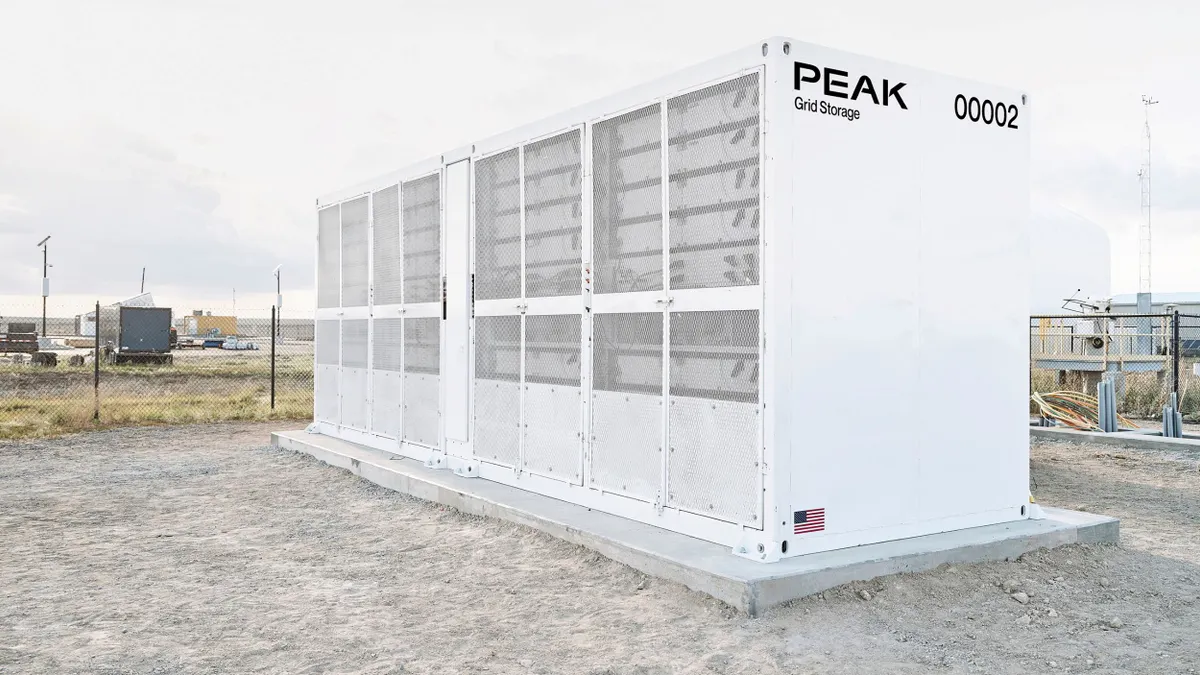Dive Brief:
- According to the U.S. Energy Information Administration, coal production in the fourth quarter of last year reached 200 million short tons, marking a six month rise after about two years of declines. Higher gas prices and summer demand were behind the modest increase.
- But EIA noted that production remains below 2014 and 2015 levels, when it reached 250 million short tons in some quarters.
- The rise is not a surprise: coal production as well as coal-fired generation was expected to spike late last year. While President Trump has vowed to revive the industry, its long-term prospects are dim.
Dive Insight:
Coal production ticked upwards in the second half of 2016, but many observers say they still anticipate a long-term slide as natural gas and renewables continue to put pressure on the fuel. The White House has vowed to reverse the fuel's fortunes, and last week nixed a moratorium on new coal leasing on federal lands, but the long-term impact remains to be seen.
More than policy, the recent bump in coal production resulted from market factors, EIA said. The power sector accounts for more than 90% of domestic coal use, and warm weather during the third quarter of 2016 drove higher demand. And in the fourth quarter, though demand declined, coal got a boost from natural gas prices that remained higher than in previous quarters.
Beginning in 2015, gas' share of electricity production began to outstrip coal's. But EIA said that during December, "the coal share of monthly electricity generation surpassed that of natural gas for the first time since January 2016."
Powder River Basin coal saw the largest increase, while production from other regions, including the Appalachian and Illinois basins, "remained relatively flat," EIA said.
But increased demand for Power River Basin coal was not limited to any geographic region, the agency said. "Almost all of the 29 states that received PRB coal previously increased their consumption during the second half of 2016," EIA noted. Among those states, Texas, Illinois, Missouri, and Wisconsin collectively accounted for approximately half of the total increase.














